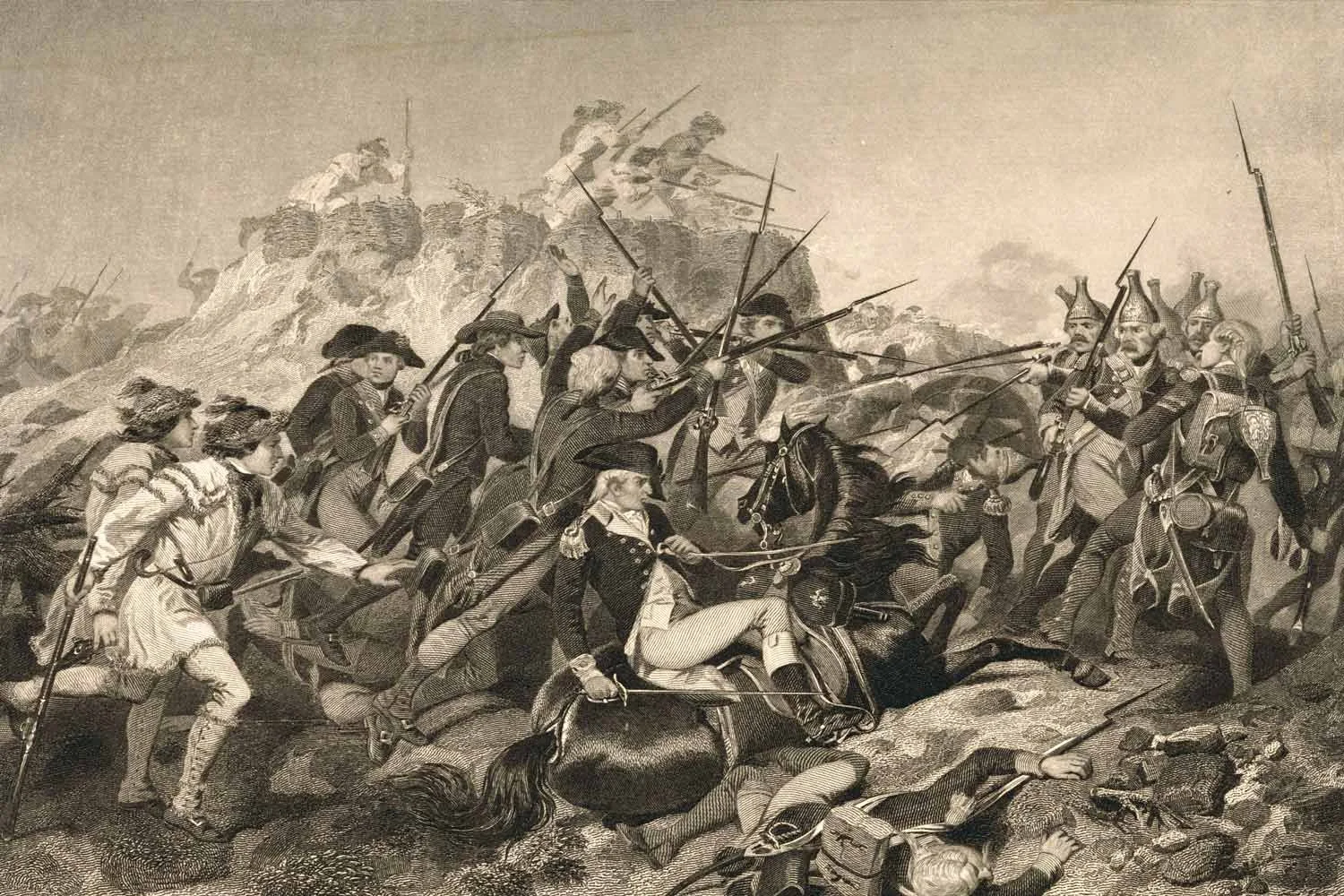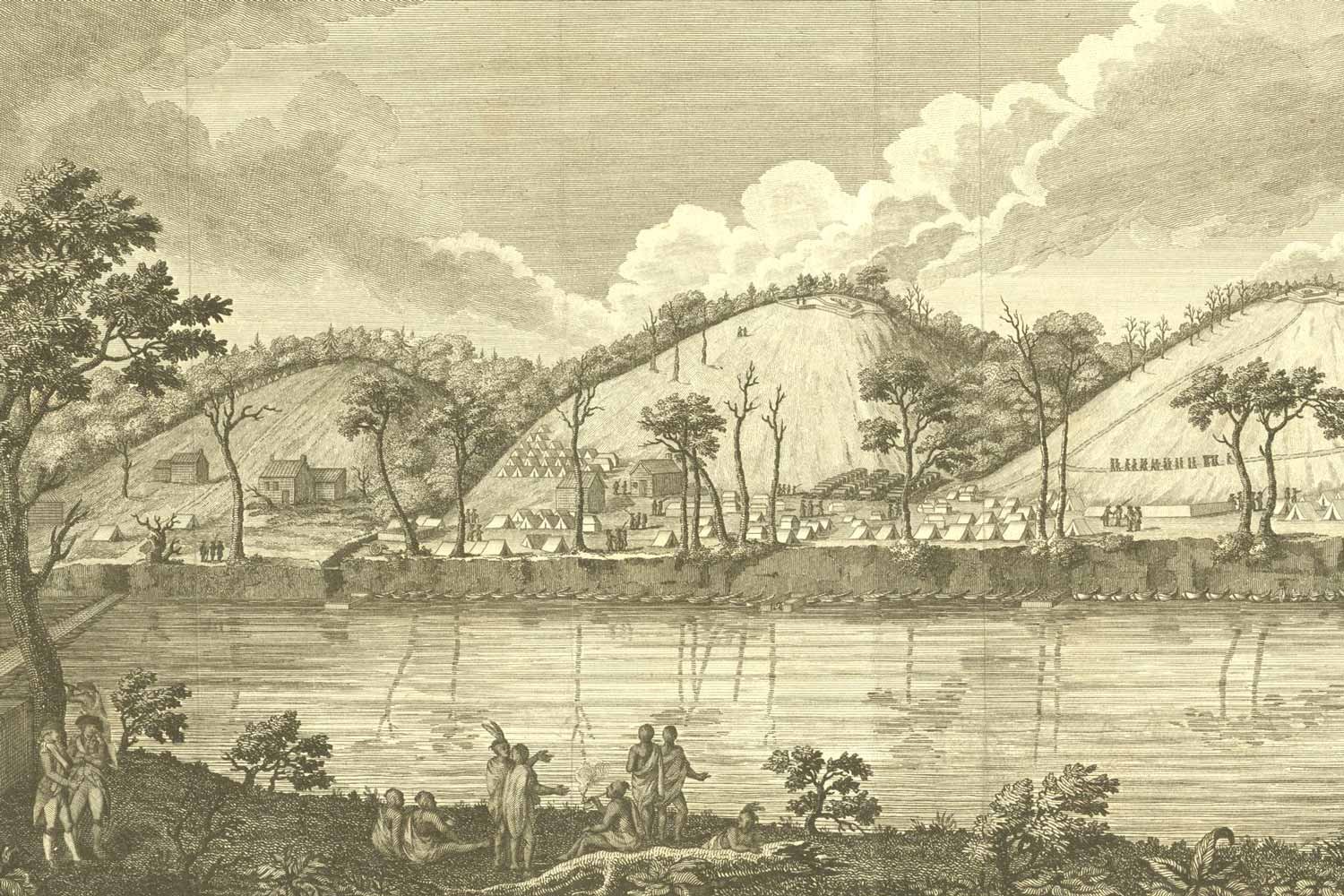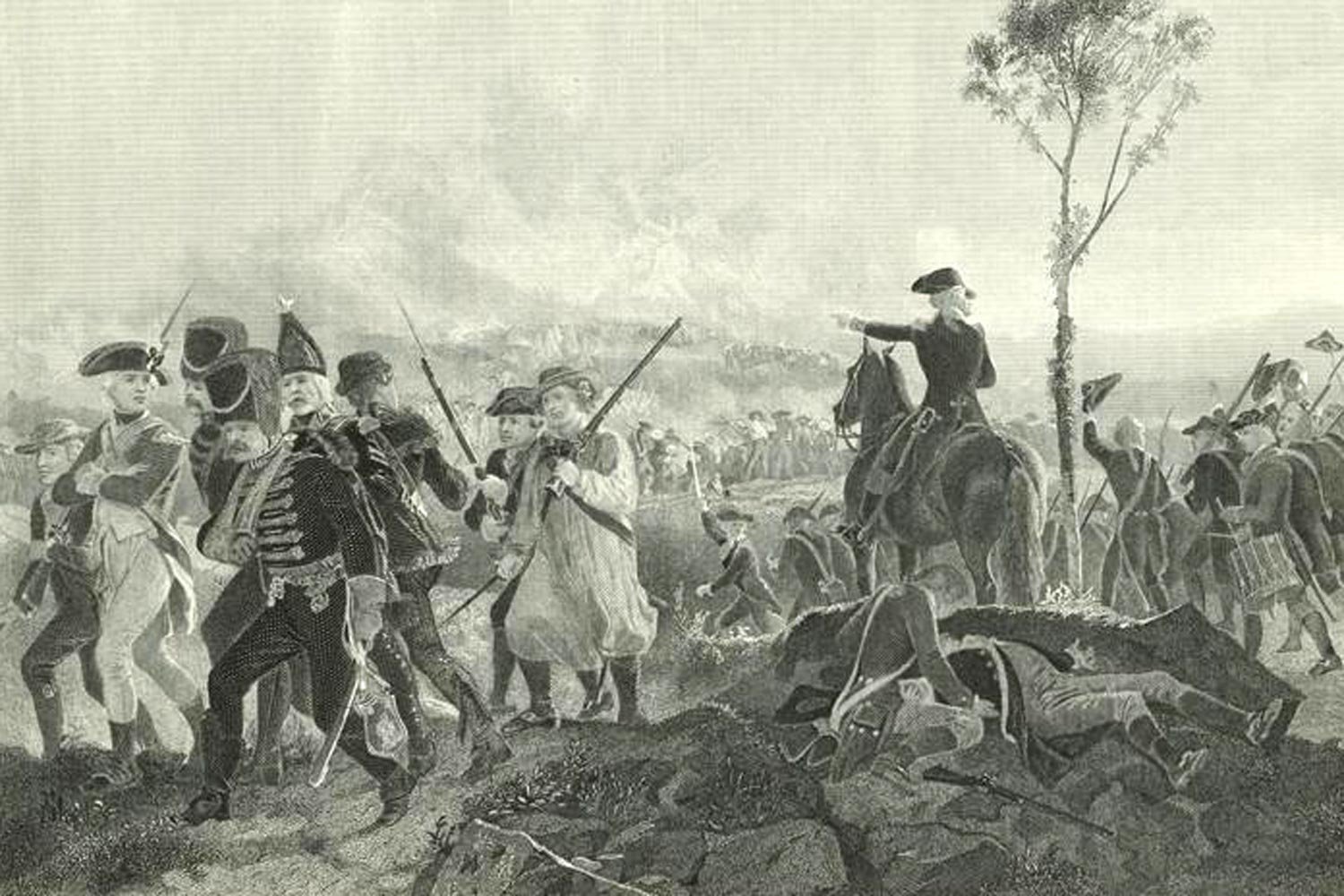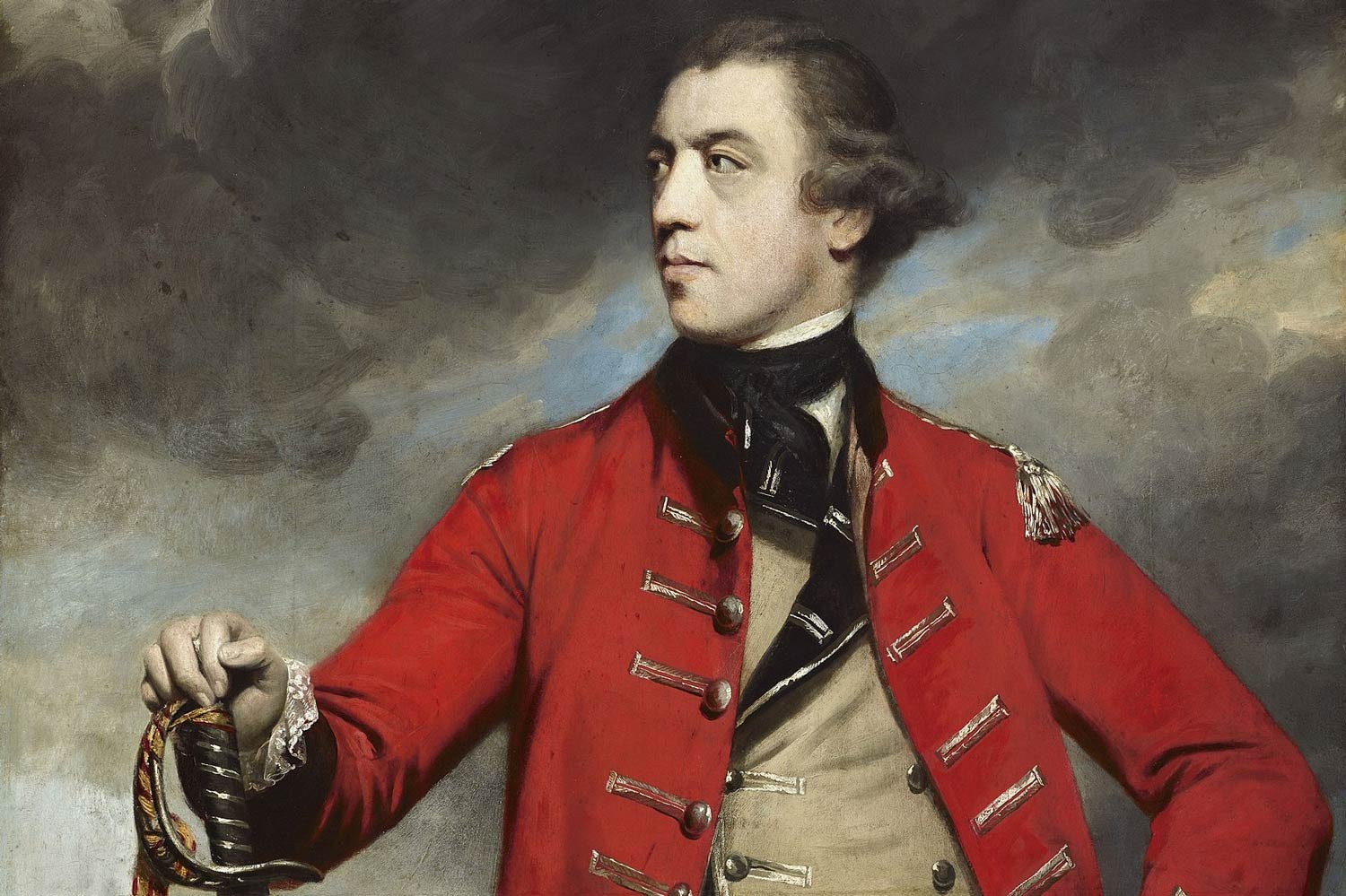

Americans Victorious at Saratoga
Following the setback at Bemis Heights on October 7, 1777, in which the British had lost another 900 men, and despite the deplorable condition of the British Army, General John Burgoyne still had hope that he could somehow extricate his forces from the grip of the Continental Army. But the noose was tightening, and Burgoyne and his other commanders knew they had to act fast.

British and Americans Clash at Saratoga
By mid-September 1777, British General John Burgoyne, after crossing to the west bank of the Hudson River, was committed to continuing his advance towards Albany. There was only one road he could take to get there, and that road was strongly defended by an American army, twice as large as his own.

British and Americans Poised for Battle
In the eight short weeks since capturing Fort Ticonderoga without a fight, British General John Burgoyne had seen his army go from being invincible to facing starvation and defeat. More bad news arrived on August 28, when Indians brought word that a relief force under Lieutenant Colonel Barry St. Leger coming from the west down the Mohawk River Valley had turned back.

Burgoyne Battles American Wilderness and Continental Army
Despite his early successes of capturing Fort Ticonderoga and defeating the American rear guard at both Hubbardton and Fort Anne, Burgoyne now faced the greatest adversary of an army invading a foreign land: a lengthening supply line. As Napoleon remarked, an army marches on its stomach and the British soldiers were no exception.

British Begin the Saratoga Campaign
The Saratoga Campaign of 1777 was arguably the most significant military event during the American Revolution. If the British had achieved their goals, the American colonies would have been split in two and it is very likely that our quest for independence would have failed.




